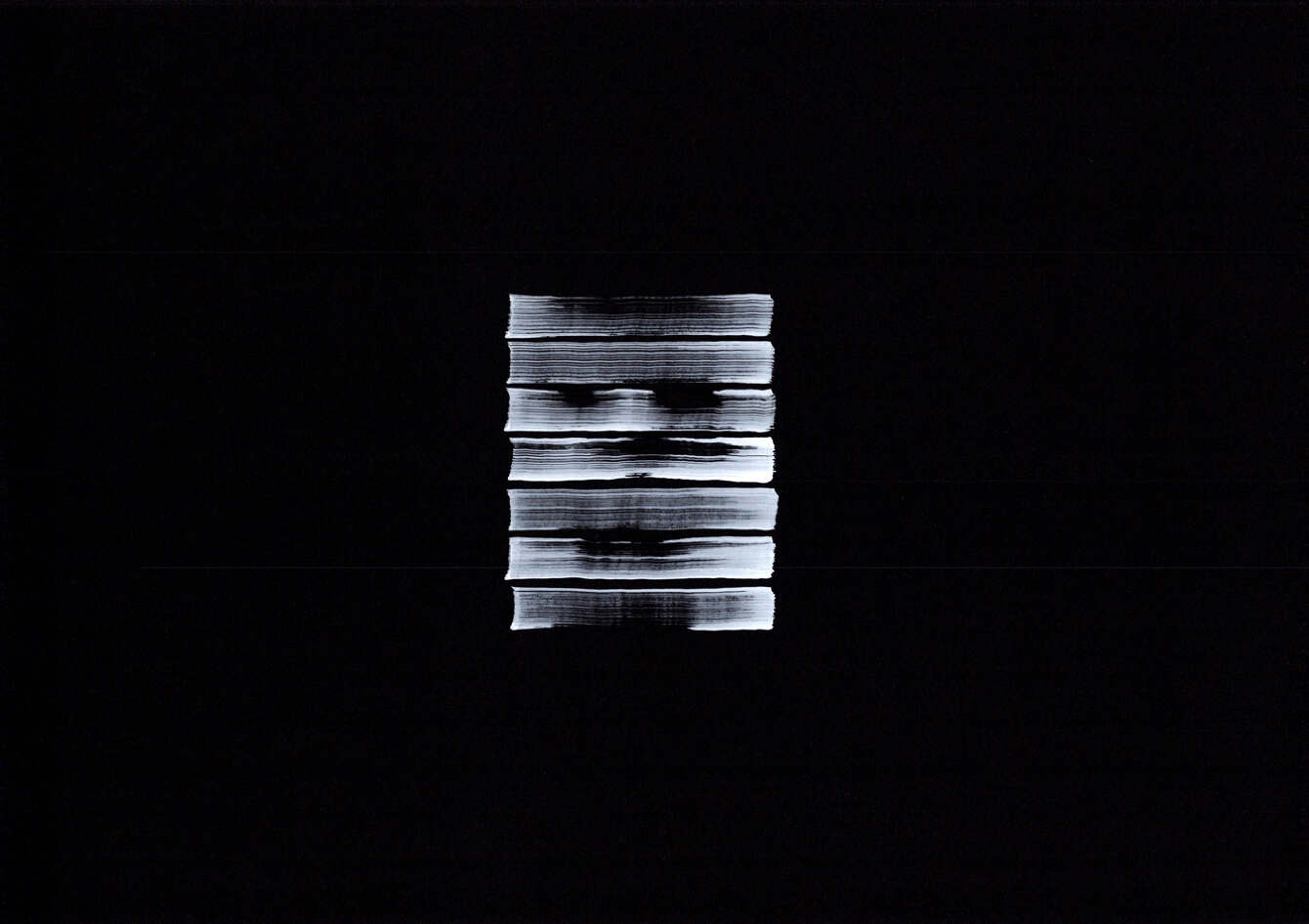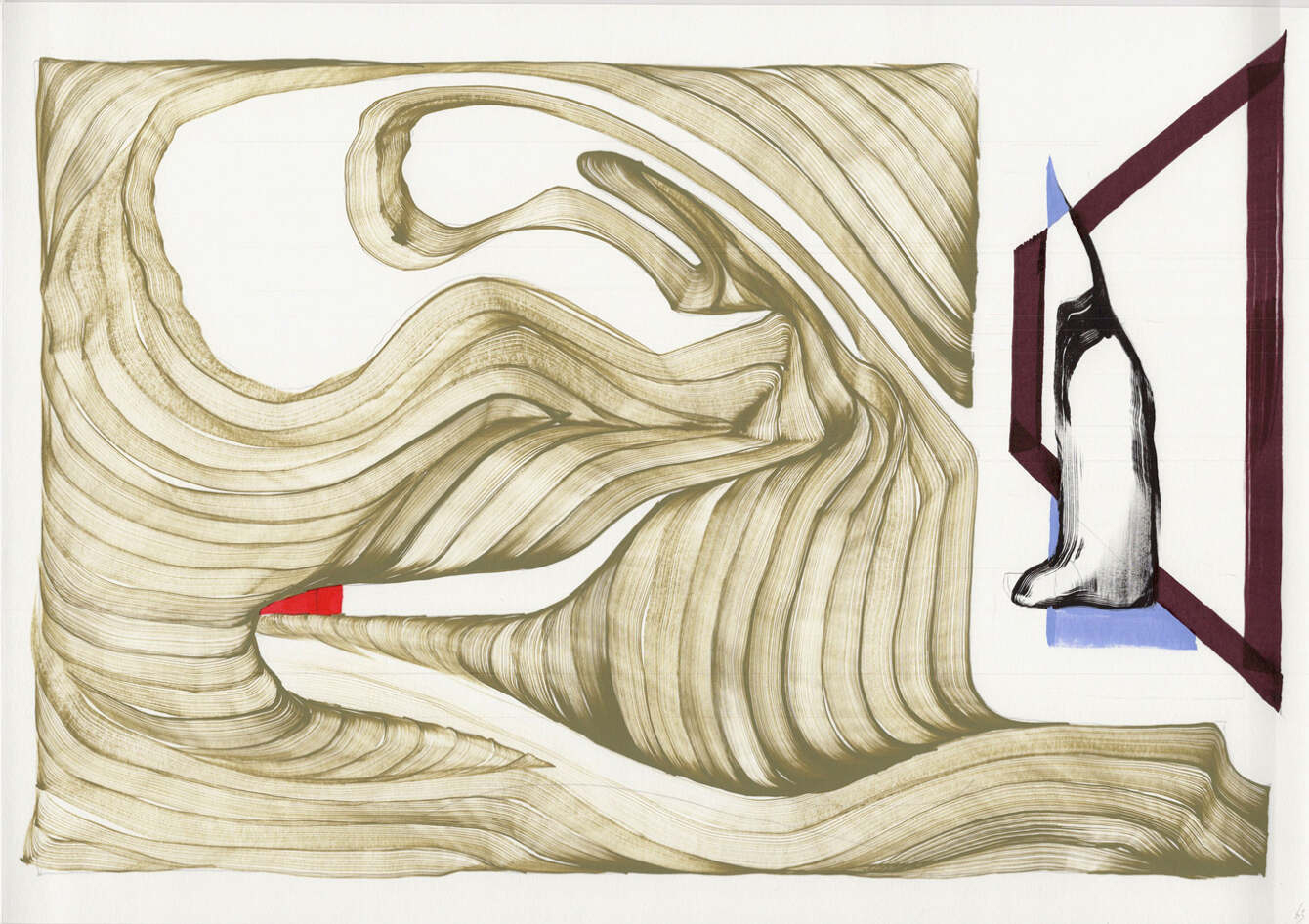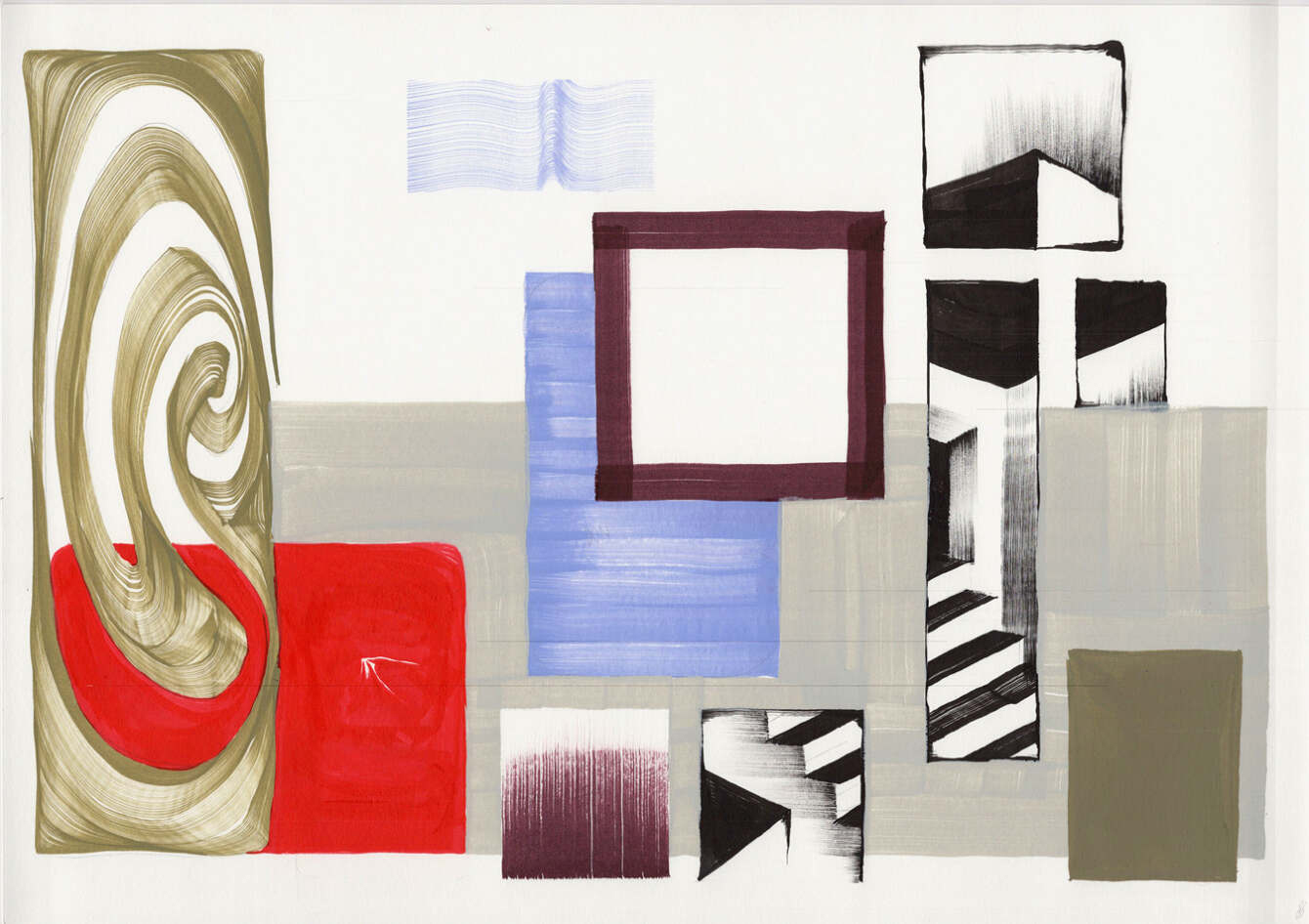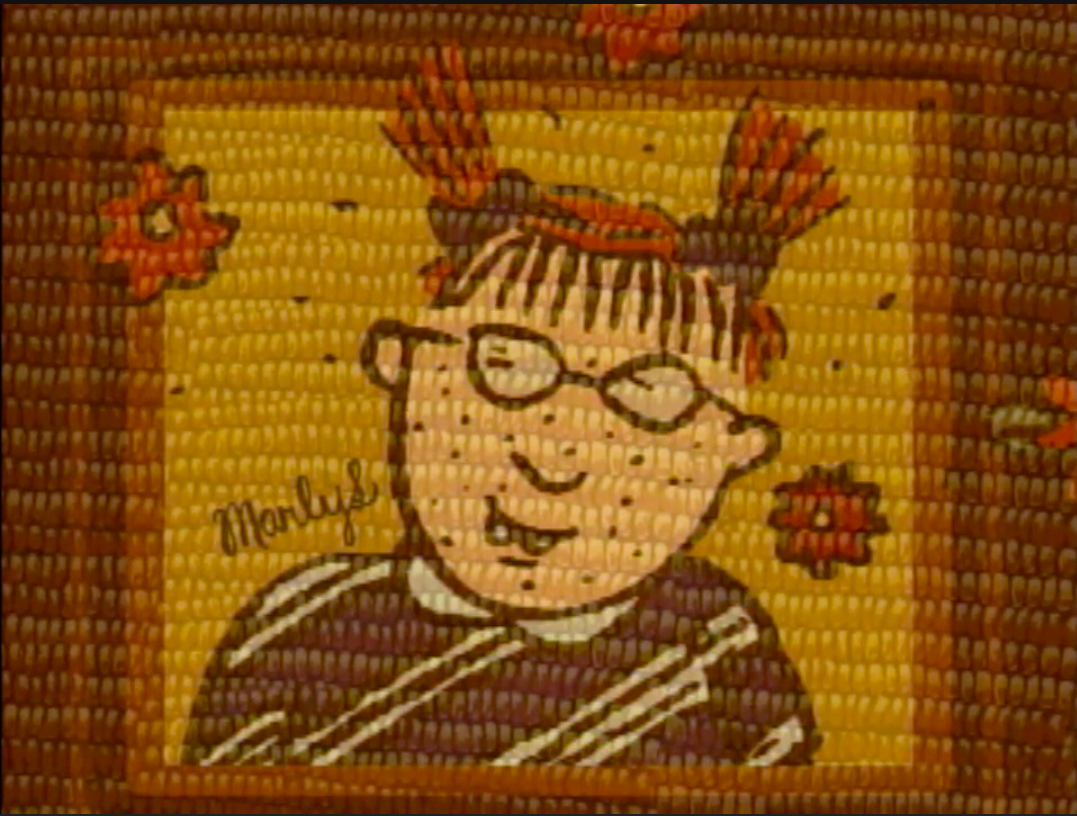[Most Recent Entries] [Calendar View]
Friday, February 12th, 2021
| Time | Event |
| 9:00a | Why Public Transit Sucks in the United States: Four Videos Tell the Story Many different words could describe the state of public transportation in America today. In recent decades, more and more of a consensus seems to have settled around one word in particular: that it “sucks.” Given its “antiquated technology, safety concerns, crumbling infrastructure,” and often “nonexistence,” says the narrator of the video above, “it’s not hard to argue that the U.S. public transportation network is just not good.” That narrator, Sam Denby, is the creator of Wendover Productions, a Youtube channel all about geography, technology, economics, and the infrastructure where all three intersect. He believes not only that America’s public transit sucks, but that the country’s “lack of solid public transportation almost defines American culture.” This would make a certain sense in a poor, small, struggling country — but not in the United States of America, described not long ago by Anne Applebaum in the Atlantic as “accustomed to thinking of itself as the best, most efficient, and most technologically advanced society in the world.” As anyone making their first visit will experience, America’s still-formidable wealth and power doesn’t square with the experience on the ground, or indeed under it: whether by subway, bus, or streetcar, the task of navigating most U.S. cities is characterized by inconvenience, discomfort, and even impossibility. This in a country whose public transportation once really was the envy of the world: at the turn of the 20th century, its cities boasted 11,000 miles of streetcar track alone. In the mid-2010s, by Denby’s reckoning, “the combined mileage of every tram, subway, light rail, and commuter rail system” added up only to 5,416. What happened in the hundred or so years between? He cites among other factors the production of the first widely affordable automobiles in the 1920s, and later that of buses, with their lower operating costs than streetcars — but as commonly operated today, their lower-quality transit experience as well. (Resentment about this large-scale replacement of urban streetcar systems runs deep enough to make some consider it a conspiracy.) The U.S. “grew up as the car grew up, so its cities were built for cars,” especially in its more recently settled west. Indirect subsides lowered the cost of gas, and from the 1950s the building of the Interstate Highway System made it easy, at least for at time, to commute between city and suburb. As pointed out in the Vox videos “Why American Public Transit Is So Bad” and “How Highways Wrecked American Cities,” these massive roads ran not around or under cities (as they do in much of Europe and Asia) but straight through their centers, part of a larger process of “urban renewal” that ironically destroyed quite a few of what dense urban neighborhoods the U.S. had. More than half a century of highway-building, suburbanization, and strict zoning later, most Americans find themselves unable to get where they need to go without buying a car and driving themselves. The situation is even worse for those traveling between cities, as examined above in Wendover Productions’ “Why Trains Suck in America.” As an American, I take a certain satisfaction in hearing these questions addressed — but I take an even greater one in being an American living abroad. Related Content: A Subway Ride Through New York City: Watch Vintage Footage from 1905 Designer Massimo Vignelli Revisits and Defends His Iconic 1972 New York City Subway Map Archive of 5,000 Images Document the History of San Francisco and the Vehicles That Put It in Motion A Brief History of the Great American Road Trip Based in Seoul, Colin Marshall writes and broadcasts on cities, language, and culture. His projects include the Substack newsletter Books on Cities, the book The Stateless City: a Walk through 21st-Century Los Angeles and the video series The City in Cinema. Follow him on Twitter at @colinmarshall or on Facebook. Why Public Transit Sucks in the United States: Four Videos Tell the Story is a post from: Open Culture. Follow us on Facebook, Twitter, and Google Plus, or get our Daily Email. And don't miss our big collections of Free Online Courses, Free Online Movies, Free eBooks, Free Audio Books, Free Foreign Language Lessons, and MOOCs. |
| 12:00p | Watch “The Stroke,” a Hand-Animated Music Video Where the Visuals Came First & the Improvised Music Second
The idea of a film score seems clear enough. Writers, directors, and editors make a visual story, then composers enhance it with songs, cues, and themes. But things are never so straightforward in practice. Music is always a part of the process, whether in the screenwriter’s choice of accompaniment (Tarantino chooses film music as soon as he has an idea for a film), the director’s mood during filming, or the “temp score” editors use. Musicals are obvious exceptions, but on the whole, story and images come first, if not in the process, then in the viewer’s imagination. A music video works differently, “scoring” prerecorded music with images, which then become accompaniment, a secondary part added later as enhancement. It is “an undertaking Vincent de Boer knows well,” Grace Ebert writes at Colossal. “The Netherlands-based artist has been working with the jazz quartet Ill Considered since 2017, listening to the band’s largely improvised melodies and creating abstract animations, alongside stills for its 11 album covers, to match.” In his most recent collaboration with the band, however, de Boer got to take the lead. “The Stroke” began with a painstaking animation that took two years to complete, a process you can see documented in the making-of video above. “With the help of his creative partner Hans Schuttenbeld, de Boer hand-drew 4,056 frames that range from dark, geometric shapes to gangly creatures to scenes that morph from one trippy composition to the next.” De Boer describes the six and a half-minute piece as “the story of a brushstroke: a trace of a movement performed by the artist with his instrument, the paintbrush.”
Once de Boer finished the film, he passed it on to Ill Considered, “who recorded an entirely improvised track on its first viewing.” The two come together at the top in a music video that “matches the jazzy riffs with de Boer’s shapeshifting sequences in a cohesive conversation between the two artforms.” Can we call it a “music video” in a traditional sense? Or a kind of ekphrasis in sound? Would we know, without the backstory, that the images came first?
Ill Considered has also released “The Stroke” as an LP, “packaged with 12 of de Boer’s original artworks on the cover and inside” (see a selection above and below)–a further challenge to our seeming desire to rank sound and image. Which came first? Does it matter? Can we see what Ill Considered heard when they improvised over de Boer’s swirling drawings? Can we hear what de Boer was playing with the “instrument” of his brush? One thinks of the synesthesia of Kandinsky, who saw music in his paintings, and of David Bowie, sitting in his blue room, wondering about the gift of sound and vision….
via Colossal Related Content: Spheres Dance to the Music of Bach, Performed by Glenn Gould: An Animation from 1969 Josh Jones is a writer and musician based in Durham, NC. Follow him at @jdmagness Watch “The Stroke,” a Hand-Animated Music Video Where the Visuals Came First & the Improvised Music Second is a post from: Open Culture. Follow us on Facebook, Twitter, and Google Plus, or get our Daily Email. And don't miss our big collections of Free Online Courses, Free Online Movies, Free eBooks, Free Audio Books, Free Foreign Language Lessons, and MOOCs. |
| 3:00p | Take a Road Trip Across America with Cartoonist Lynda Barry in the 90s Documentary, Grandma’s Way Out Party Who wouldn’t love to take a road trip with beloved cartoonist and educator Lynda Barry? As evidenced by Grandma’s Way Out Party, above, an early-90s documentary made for Twin Cities Public Television, Barry not only finds the humor in every situation, she’s always up for a detour, whether to a time honored destination like Mount Rushmore or Old Faithful, or a more impulsive pitstop, like a Washington state car repair shop decorated with sculptures made from cast off mufflers or the Montana State Prison Hobby Store. Alternating in the driver’s seat with then-boyfriend, storyteller Kevin Kling, she makes up songs on her accordion, clowns around in a cheap cowgirl hat, samples an oversized gas station donut, and chats up everyone she encounters. At the World’s Only Corn Palace in Mitchell, South Dakota, she breaks the ice by asking a bearded local guy in official Corn Palace cap and t-shirt if his job is the fulfillment of a long held dream. “Nah,” he says. “I thought it was a joke … in Fargo, they call it the world’s biggest bird feeder. We do have the biggest birds in South Dakota. They get fed good.” He leads them to Cal Schultz, the art teacher who designed over 25 years worth of murals festooning the exterior walls. Nudged by Barry to pick a favorite, Schultz chooses one that his 9th grade students worked on. “I would have loved to have been in his class,” Barry, a teacher now herself, says emphatically. “I would have given anything to have worked on a Corn Palace when I was 14-years-old.” This point is driven home with a quick view of her best known creation, the pigtailed, bespectacled Marlys, ostensibly rendered in corn—an honor Marlys would no doubt appreciate.
Barry has long been lauded for her understanding of and respect for children’s inner lives, and we see this natural affinity in action when she befriends Desmond and Jake, two young participants in the Crow Fair Pow Wow, just south of Billings, Montana. Frustrated by her inability to get a handle on the proceedings (“Why didn’t I learn it in school!? Why wasn’t it part of our curriculum?”), Barry retreats to the comfort of her sketchbook, which attracts the curious boys. Eventually, she draws their portraits to give them as keepsakes, getting to know them better in the process. The drawings they make in return are treasured by the recipient, not least for the window they provide on the culture with which they are so casually familiar. Barry and Kling also chance upon the Sturgis Motorcycle Rally, and after a bite at the Road Kill Cafe (“from your grill to ours”), Barry waxes philosophical about the then-unusual sight of so much tattooed flesh:
The aforementioned muffler store prompts some musings that will be very familiar to anyone who has immersed themselves in Making Comics, Picture This, or any other of Barry’s instructional books containing her wonderfully loopy, intuitive creative exercises:
After 1653 miles and one squabble after overshooting a scheduled stop (“You don’t want me to go to Butte!”), the two arrive at their final destination, Barry’s childhood home in Seattle. The occasion? Barry’s Filipino grandmother’s 83rd birthday, and plans are afoot for a potluck bash at the local VFW hall. Fans will swoon to meet this venerated lady and the rest of Barry’s extended clan, and hear Barry’s reflections on what it was like to grow up in a working class neighborhood where most of the families were multi-racial. “I walked in and it was everything Lynda said,” Kling marvels. Indeed. The journey is everything we could have hoped for, too. Listen to a post-trip interview with Kling on Minnesota Public Radio. H/t to reader Charlotte Booker Related Content: Cartoonist Lynda Barry Shows You How to Draw Batman in Her UW-Madison Course, “Making Comics” Lynda Barry’s New Book Offers a Master Class in Making Comics Ayun Halliday is an author, illustrator, theater maker and Chief Primatologist of the East Village Inky zine – current issue: #63 Follow her @AyunHalliday. Take a Road Trip Across America with Cartoonist Lynda Barry in the 90s Documentary, Grandma’s Way Out Party is a post from: Open Culture. Follow us on Facebook, Twitter, and Google Plus, or get our Daily Email. And don't miss our big collections of Free Online Courses, Free Online Movies, Free eBooks, Free Audio Books, Free Foreign Language Lessons, and MOOCs. |
| << Previous Day |
2021/02/12 [Calendar] |
Next Day >> |







